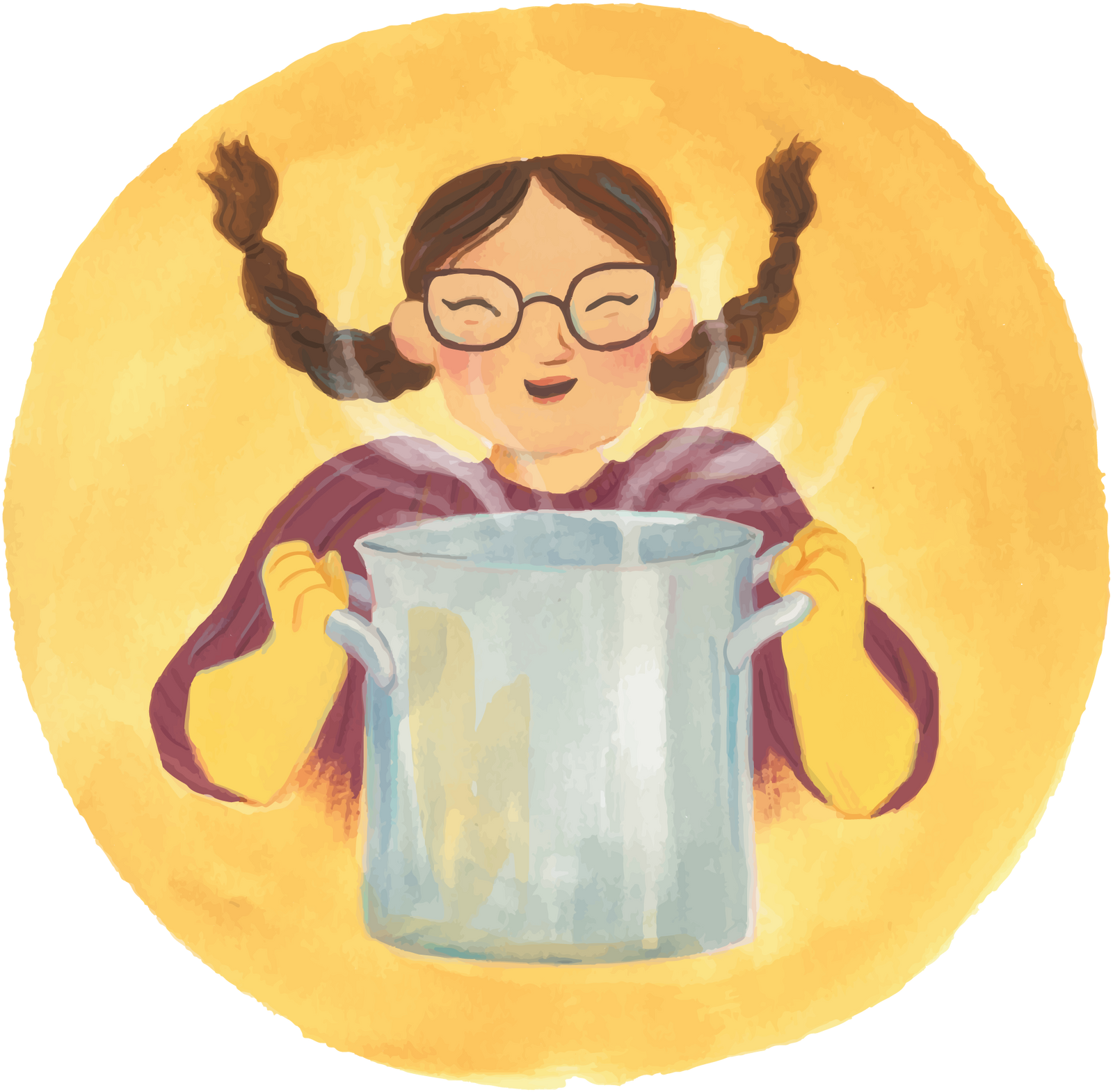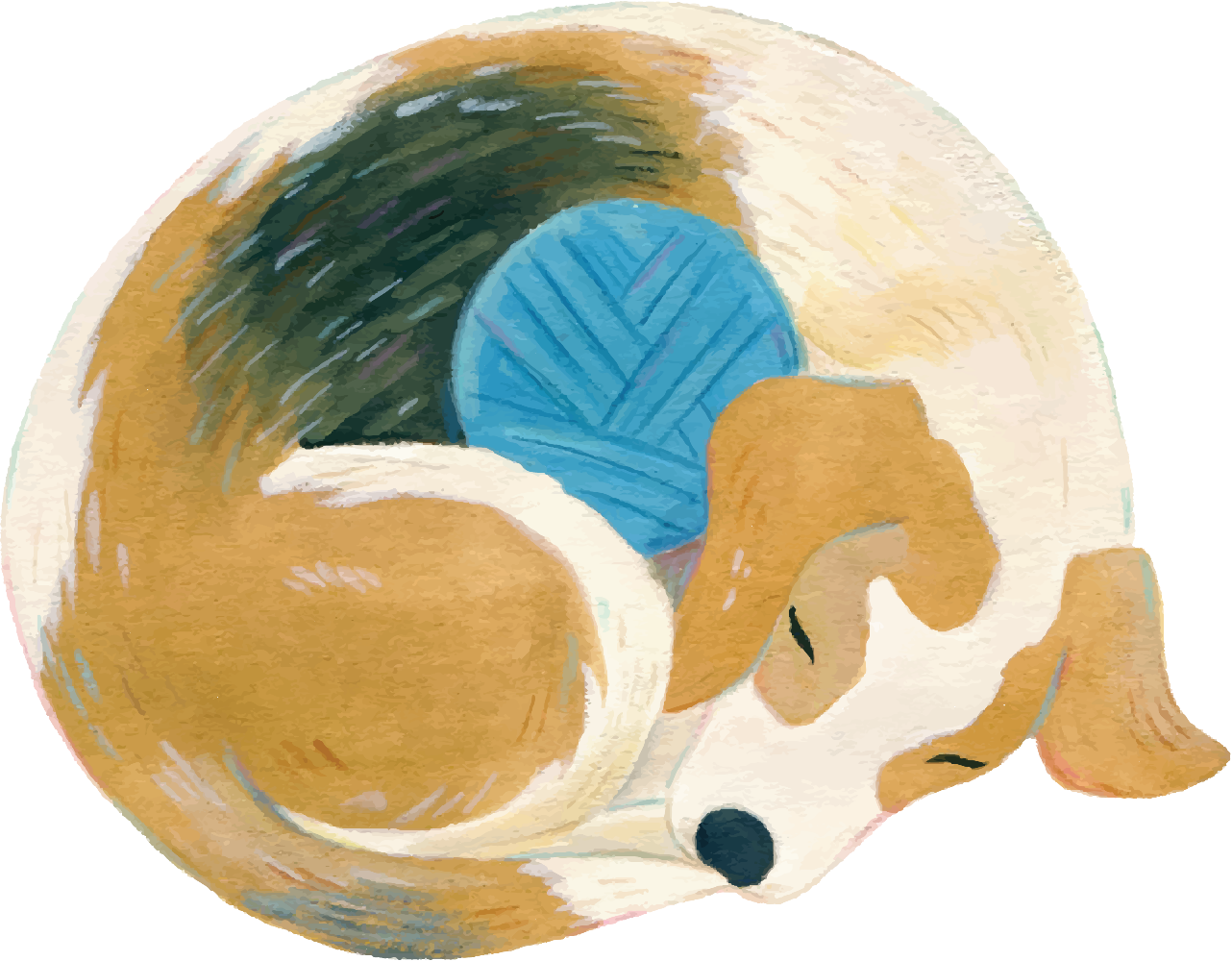shop
newsletter
My weekly newsletter encourages you to slow down and make more things by hand.
Join here on Substack.

My weekly newsletter encourages you to slow down and make more things by hand.
Join here on Substack.
about
contact
QUESTIONS? Email me here
KNIT TOGETHER MEMBERS: Book an appointment during my weekly office hours

Email me

How I dye yarn
I live and work in San Francisco, and I dye yarn in my outdoor dye kitchen. The fact that I dye yarn outside is not the usual way small-batch yarn dyers work.
Most dyers will carve out a space in their garage or they might even dye yarn in their kitchen. Then, when dyers begin to scale up (and dye more and more skeins in each dye session), they typically begin to use a cabinet, like the kind used in commercial kitchens. They might use commercial water bath tables, pots on a stove, pans in an oven, or even crock pots. All of these ways of dyeing yarn can produce beautiful hand-dyed yarn. But, each method comes with a risk to your home or your commercial studio space, risks that need to be mitigated.
Dyes for wool and protein fibers are fixed to the fiber by heating the yarn and maintaining that heat for a period of time in an acidic water environment. It's hot and steamy work. When you start to dye yarn in your home or garage for more than personal use, day after day, it can add a lot of humidity and water to the air. Opening a garage door is one way to mitigate the extra moisture. A commercial-grade exhaust system is another.
In addition, there's the water you use. Dye is bound to fiber when it's in an acidic environment. This simply means that the pH level of the water is lower than neutral—neutral is 7 and most dyes bind to fiber at 4. Acidic water, when released into your home's water pipes, will eventually corrode the pipes and cause them to leach metal into drinking water. It make take years or it might take decades, but acidic water is a corrosive substance.
It's often not practical or cost-effective for a small-batch dyer to invest in the kind of commercial-grade systems needed to protect the integrity of your house.
To make my home studio safe for me, safe for my house, and safe for the environment, I do a few things differently:
- I dye outside. I use propane tanks as a heat source and dye in pots outside. As we've all learned with the Covid pandemic, ventilation and safe air flow is always best in the outside, natural world. Plus, it's simply beautiful to be outside in San Francisco for much of the year. Dyeing outside lets me enjoy the sound of birds and fresh ocean breezes while I work.
- I neutralize my dye water after using it so that it becomes safe grey water. I then use it to water the plants and trees in my back yard. San Francisco has a Mediterranean climate which means we have a dry season and a rainy season. During the summer and fall, grey water from dyeing is really appreciated by my plants.
- I am judicious with water use. We experience regular droughts here in Northern California, and because dyeing yarn is a water-intensive activity, I do everything I can to control my water usage. With careful dye planning, I can reuse grey water to dye fresh batches of yarn as many as three times without sacrificing color quality. I also do not dye plant-only fibers, which can require up to 10 times the amount of water for dyeing as protein fibers.
I've never considered myself an environmentalist, but rather, just a practical person trying to live gently and use resources wisely. All of these good intentions and good practices go into the hand-dyed yarn you receive from me!







